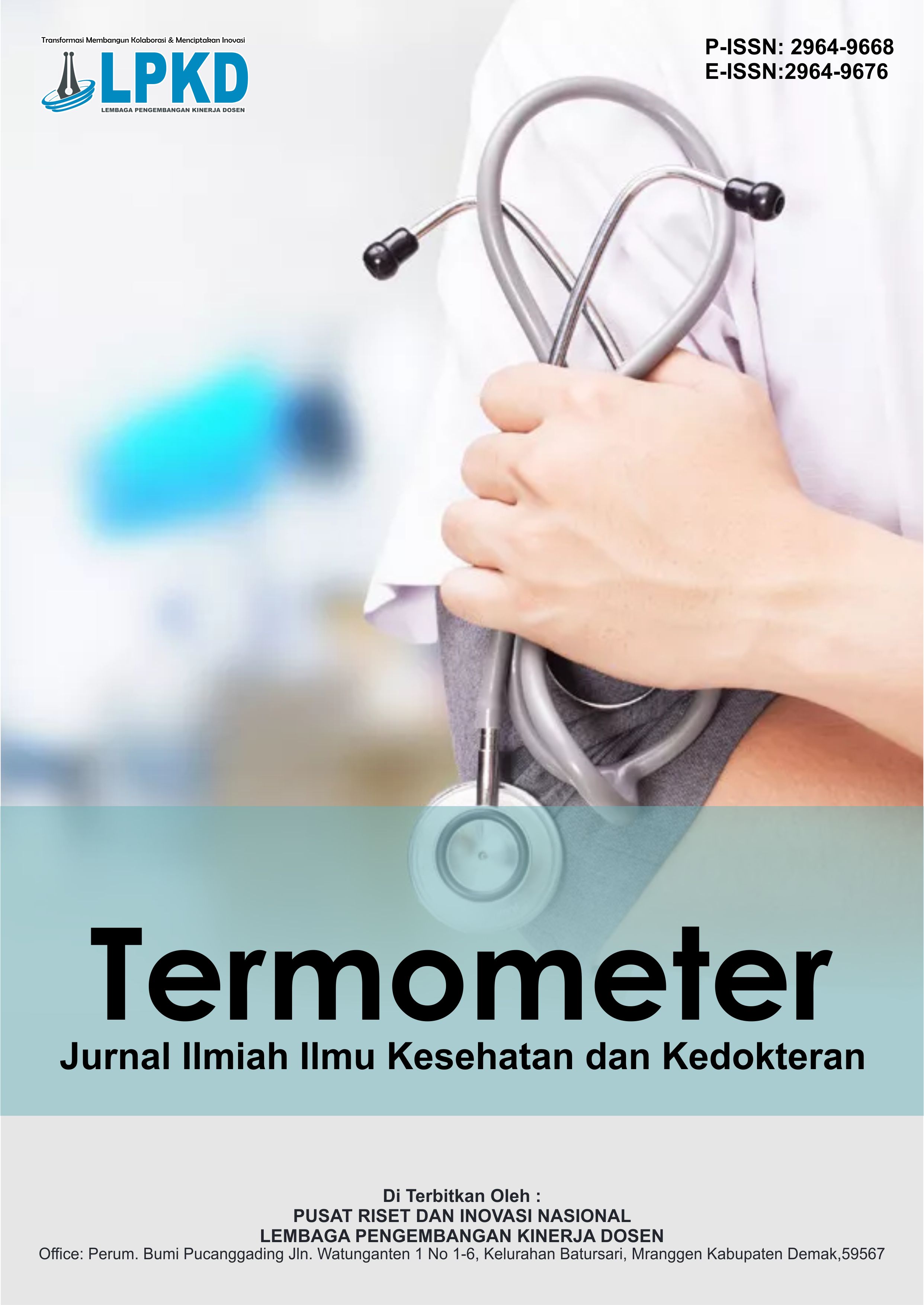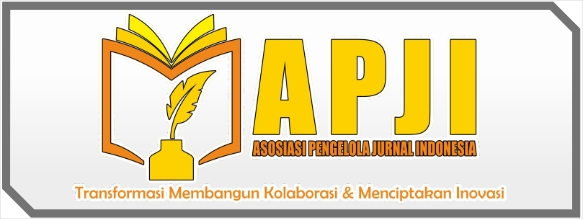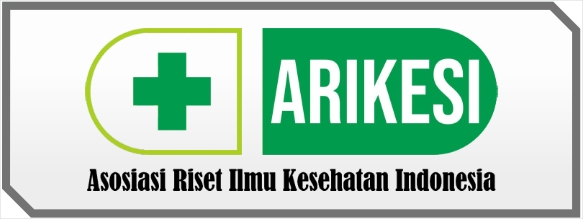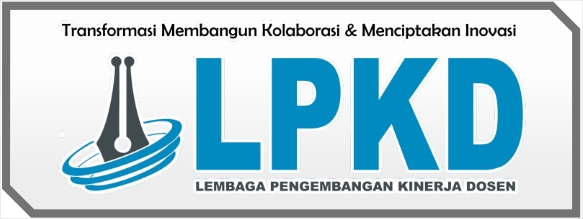Article Review : Peran Hipertensi terhadap Patomekanisme Stroke Iskemik dan Hemoragik
DOI:
https://doi.org/10.55606/termometer.v3i1.4752Keywords:
Hypertension, Pathomechanism, StrokeAbstract
Stroke is a syndrome characterized by sudden focal neurological deficits caused by vascular injury, either hemorrhage or infarction in the central nervous system. According to the World Health Organization, approximately 15 million people experience stroke worldwide each year, with 5 million resulting in death and another 5 million suffering permanent disability. Hypertension is a major risk factor for both ischemic and hemorrhagic stroke, mediated by complex pathophysiological mechanisms. This review aims to explore the mechanisms by which hypertension contributes to the pathophysiology of stroke based on current evidence. The study adopts a literature review approach, utilizing data sources from journal articles, books, and other relevant documents accessible online via search engines such as Google Scholar®, PubMed®, and ScienceDirect®. The findings indicate that ischemic stroke occurs due to atherosclerosis and microvascular dysfunction induced by hypertension, whereas hemorrhagic stroke involves vessel rupture resulting from arterial wall weakening. Hypertension also affects the permeability of the blood-brain barrier through molecular pathways such as vascular endothelial growth factor (VEGF) release, leading to cerebral edema. Studies demonstrate that effective blood pressure control can significantly reduce the risk of stroke by up to 41%, underscoring hypertension as a primary target in stroke prevention.
Downloads
References
Murphy SJ, Werring DJ. Stroke: causes and clinical features. Medicine (Abingdon). 2020;48(9):561-566. doi:10.1016/j.mpmed.2020.06.002
World Health Organization. Stroke, Cerebrovascular accident. World Health Organization.
Chen W, Huang Y, Chong CM, Zheng H. Editorial: Post-stroke complications: mechanisms, diagnosis, and therapies. Front Neurol. 2023;14:1292562. doi:10.3389/fneur.2023.1292562
Hui C, Tadi P, Suheb MZK, Patti L. Ischemic Stroke. StatPearls Publishing; 2024.
Unnithan AKA, Das JM, Mehta P. Hemorrhagic Stroke.; 2025.
National Institute for Health and Care Excellence. Hypertension in Adults: Diagnosis and Management. National Institute for Health and Care Excellence; 2021.
Jones NR, McCormack T, Constanti M, McManus RJ. Diagnosis and management of hypertension in adults: NICE guideline update 2019. Br J Gen Pract. 2020;70(691):90-91. doi:10.3399/bjgp20X708053
Fan X, Cao J, Li M, Zhang D, El-Battrawy I, Chen G, Zhou X, Yang G, Akin I. Stroke Related Brain-Heart Crosstalk: Pathophysiology, Clinical Implications, and Underlying Mechanisms. Adv Sci (Weinh). 2024 Apr;11(14):e2307698. doi: 10.1002/advs.202307698.
Gepot K, Kempa VP. Hubungan Hipertensi Dengan Kejadian Stroke Berulang Di Kota Makassar. Skripsi. Sekolah Tinggi Ilmu Kesehatan Stella Maris; 2022.
Perbasya STD. Hubungan Hipertensi Terhadap Stroke. Jurnal Ilmu Kesehatan Indonesia. 2021;2(2):109-113.
Puspitasari PN. Hubungan Hipertensi Terhadap Kejadian Stroke. Jurnal Ilmiah Kesehatan Sandi Husada. 2020;12(2):922-926.
Johansson BB. Hypertension mechanisms causing stroke. Clin Exp Pharmacol Physiol. 1999;26(7):563-565. doi:10.1046/j.1440-1681.1999.03081.x
Saputri LO, Harahap HS, Rivarti AW, Nurhidayati N. Pencegahan Stroke pada Hipertensi Berdasarkan Mekanisme Patogenesis. Jurnal Kedokteran Unram. 2023;12(2):171-179.
Gorelick PB, Whelton PK, Sorond F, Carey RM. Blood Pressure Management in Stroke. Hypertension. 2020;76(6):1688-1695. doi:10.1161/HYPERTENSIONAHA.120.14653
Kim SM, Woo HG, Kim YJ, Kim BJ. Blood pressure management in stroke patients. Journal of Neurocritical Care. 2020;13(2):69-79. doi:10.18700/jnc.200028
Downloads
Published
How to Cite
Issue
Section
License
Copyright (c) 2025 Termometer: Jurnal Ilmiah Ilmu Kesehatan dan Kedokteran

This work is licensed under a Creative Commons Attribution-ShareAlike 4.0 International License.










